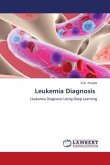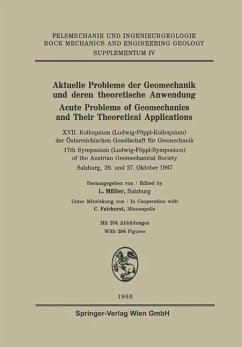Leukostasis, a complication of acute leukemia, occurs
when leukemia cells aggregate in and obstruct the
microvasculature, leading to profound damage of vital
organs like the brain and lungs. The underlying
mechanisms are poorly understood but are likely
related to the abnormal mechanical properties of
leukemia cells. Using atomic force microscopy and
microfluidic devices to quantify cell deformation, I
found that leukemia cells taken from patients with
leukostasis were significantly stiffer than leukemia
cells taken from asymptomatic patients. These results
suggest that increased leukemia cell stiffness may be
an independent leukostasis risk factor and could be
useful for predicting leukostasis. In addition, I
found that chemotherapy increases leukemia cell
stiffness by up to 100x and therefore, may actually
increase leukostasis risk. However, the
phosphodiesterase inhibitor pentoxifylline
substantially decreased leukemia cell stiffness and
adhesiveness, and this drug may be a potential
treatment for leukostasis. Overall, these studies
show that cell mechanics are relevant in disease. In
addition, tools that measure cell mechanics can be
useful diagnostic/drug discovery platforms.
when leukemia cells aggregate in and obstruct the
microvasculature, leading to profound damage of vital
organs like the brain and lungs. The underlying
mechanisms are poorly understood but are likely
related to the abnormal mechanical properties of
leukemia cells. Using atomic force microscopy and
microfluidic devices to quantify cell deformation, I
found that leukemia cells taken from patients with
leukostasis were significantly stiffer than leukemia
cells taken from asymptomatic patients. These results
suggest that increased leukemia cell stiffness may be
an independent leukostasis risk factor and could be
useful for predicting leukostasis. In addition, I
found that chemotherapy increases leukemia cell
stiffness by up to 100x and therefore, may actually
increase leukostasis risk. However, the
phosphodiesterase inhibitor pentoxifylline
substantially decreased leukemia cell stiffness and
adhesiveness, and this drug may be a potential
treatment for leukostasis. Overall, these studies
show that cell mechanics are relevant in disease. In
addition, tools that measure cell mechanics can be
useful diagnostic/drug discovery platforms.








